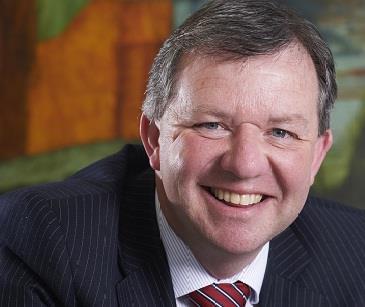
Loss adjusting has come under the microscope in recent weeks after Merlin plunged into administration, with the loss of 200 jobs at the firm.
Crawford & Co UK and Ireland chief executive Greg Gladwell talks to Insurance Times about the impact of Merlin, the challenges facing the industry and the increased buying power of insurers.
What challenges do you face as a company and an industry?
Across the UK general insurance industry these are challenging times for everybody for varying reasons, including economic uncertainty, changes in some claims and weather patterns, and suppressed margins in underwriting and commercial portfolios, so everybody I think is finding it difficult and, as always, supply and demand are out of kilter with supply pushing prices down.
This has gone on for a long while. The traditional cycles have moved and shifted for a host of reasons, and it means that the companies that thrive and survive need to change their ways of working and move away from perhaps how things have been done traditionally.
What changes have you made as a business to mitigate against those issues?
What we have done is to be the first to identify this fundamental paradigm shift in the market place away from the traditional way of doing business.
I have been building my team with a balance of ex-insurers and adjusters, and we are focusing on where I think the real value is, with a firm belief that if we can prove that value, then people will want to pay the right price for it, and that, in turn, will serve us well in the future.
I believe that the value is actually where loss adjusting started with real technical expertise and adjusters going out and dealing with difficult and complex claims, and I still believe that the best route to deliver the best claims service and investigation of claims is through face-to-face meetings with clients.
Our approach is to focus on deeper technical expertise done consistently well. That means we are actively and successfully attracting expertise in the most complex and technical areas in the UK.
What impact has Merlin going into administration had on your business?
Merlin was a recent event that is very sad for the experienced and good people that worked there, and it is a shame to see a name disappear from the market place, but it was something that perhaps was not unexpected.
We have had people from Merlin approach us, but we are generally happy with our own valued team. We have focused on the areas of the business that are in line with our strategy, and being successful with those.
What has happened with your own headcount?
We have increased our headcount in technical areas that we are developing. But we have right-sized our business in relation to volumes that have been affected by some client insourcing and ongoing benign weather conditions in some volume lines of home and commercial, so we will end the year with a lower headcount than we started by some way.
During the summer, when we announced some redundancies, we said that would be about 8% of our headcount, and that has been broadly the amount we will have changed this year.
What pressure have insurers put on margins now they have a greater buying power?
One of our differences is our client base. We have no one client that is worth more than 15% of our revenue.
We are looking to create meaningful relationships with people we work with in the longer term, to give everyone value and benefit. Many of our partners recognise that, and we have not seen an instant reaction or pressures on rates.
However, across the market, most loss adjusters will have some rates that won’t have gone up since as far back as 2005, and that does require the industry to look hard at how it can reinvent itself and improve its working methods.
It is unlikely we are going to see large scale and ongoing rate increases, so we have to keep looking hard at efficiencies, best practices in other industries, particularly in some of the composites that are further ahead in their investments in lean process methodologies or systems thinking or technical investments that further down the supply chain are not adopted at the same pace.
What are your growth plans for 2013?
This year, we have sought to take on broad feedback from clients, improve and build ourselves a platform for future success.
In 2013, we will invest more in people and systems and infrastructure such as premises, and we believe we will get a good return when investing to advance ourselves.





























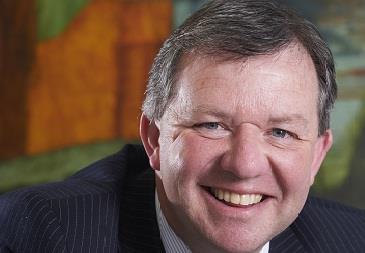

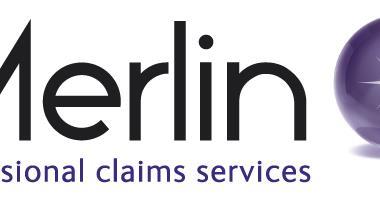
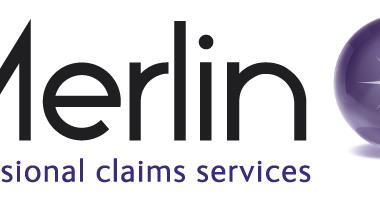
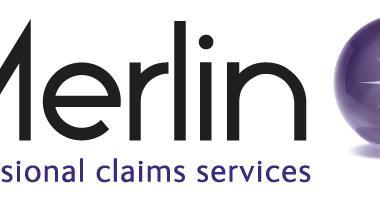




No comments yet